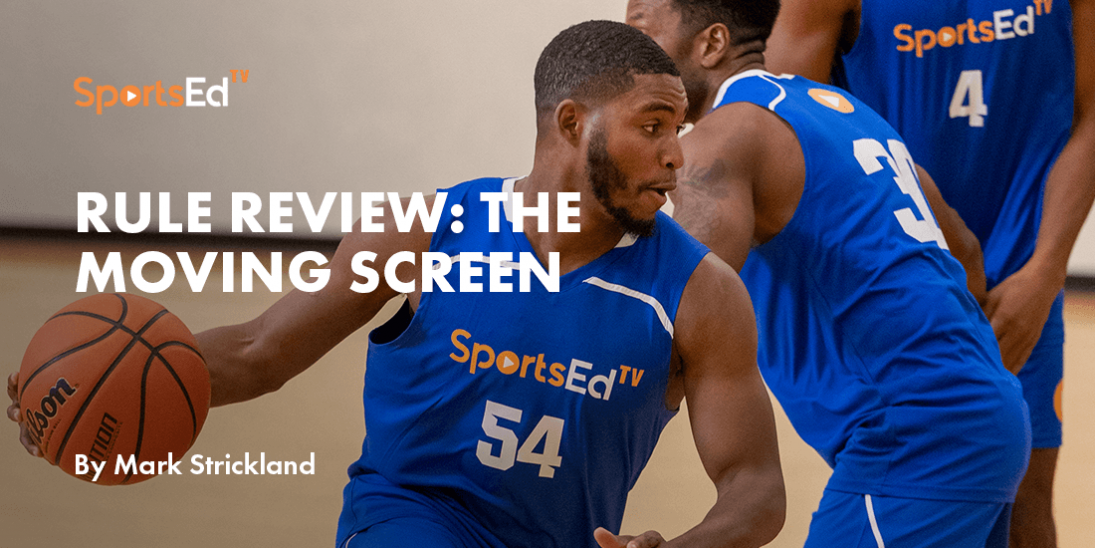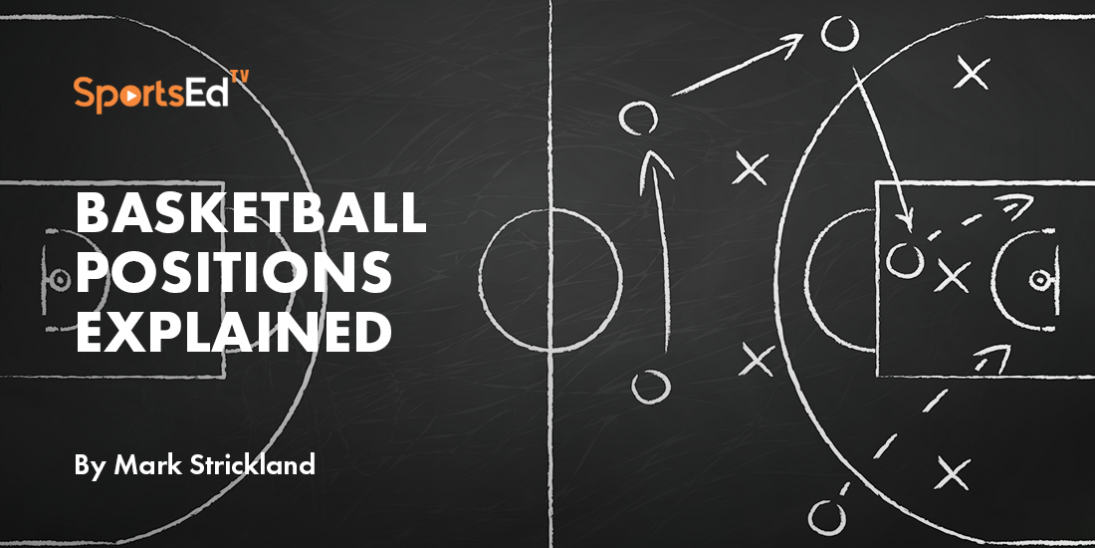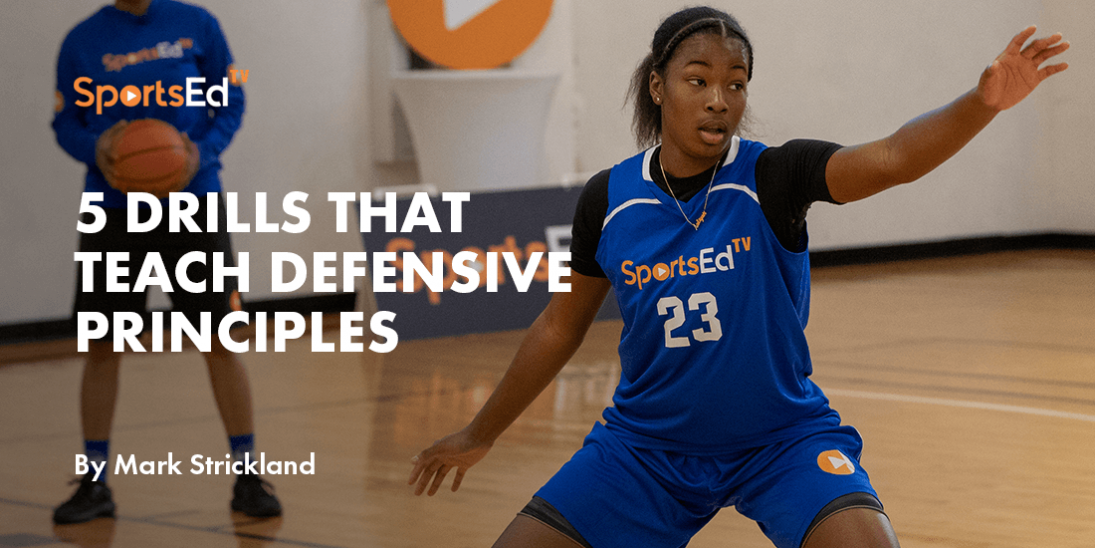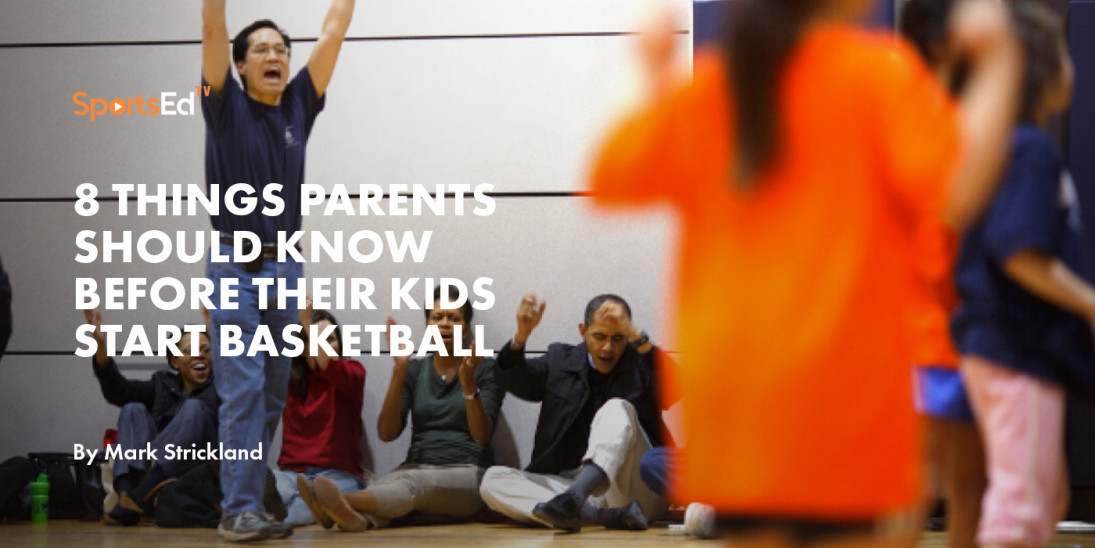Basketball
Welcome and thanks for visiting...

What Is A Moving Screen In Basketball?

Screens in basketball are helpful until they're not - and you lose possession of the ball. In this blog, we discuss what a moving screen is, where they occur, and how to prevent poor development and ultimately, poor gameplay when setting a screen.
What is a moving screen?
A moving screen in basketball is when an offensive player moves their feet horizontally or laterally in the process of setting a screen. A moving screen is an illegal move that results in an offensive foul and a change of possession. A legal screen is a blocking move by an offensive player in which they stand beside or behind a defender in order to free a teammate to either shoot a pass or drive in to score. In this instance, the offensive player’s feet remain set before and during the screen.
When does a moving screen occur?
Moving screens can only occur during offensive possessions by offensive players. Further, moving screens occur when an offensive player moves towards a defender, laterally or horizontally, when setting a screen. Moving screens can also occur in on-ball when the offense is setting a screen for the ball handler, or off-ball situations.
Why do players commit moving screens?
Moving screens happen for a variety of reasons on the court. It’s important to limit the number of moving screens a team commits as each offensive foul adds to the team’s total, in addition to losing possession of the ball. Reasons the offensive player would commit a moving screen include:
- Poor balance - this leads to difficulty in setting the feet and remaining stable
- Poor timing - this leads to chasing or finding the defender’s location as the screen is being set.
- Poor defense - this leads to overexaggerating the screen and moving with the defender.
How do you prevent a moving screen?
In order to prevent a moving screen, it’s imperative players practice the many situations they will face in a game. First, establish and teach the correct way a screen is set.
A good screen has a solid base and is square to the defender receiving the screen. Next, you’ll want to address what a moving screen looks like, and demonstrate to your players.
Keeping the keys above in mind regarding why players commit moving screens, there’s an opportunity to address each aspect - strength and balance, timing, and proper defense - throughout practice and not just when reviewing screens.








